Talking in Adult Language to my Toddler
Why I talk to my Toddler as if they were an adult and some great books.
Playing in the creek where the clay-based bottom was slurping and sucking the shoes off our feet, my nearly 5-year-old exclaimed:
“This is some HORRID MUCK!”
It made me laugh, both at his acutely accurate description and his colorful choice of words. What person says HORRID MUCK instead of opting for simpler and more direct descriptions? Gross mud? Sticky goo? Squelchy pluff? All good options. My kids are liable to use any of these phrases because they have heard them all, and so they have them tucked away in their vocabulary lexicon.
I will be one hundred percent honest in saying that I come by the practice of talking to babies as if they are adults naturally. Maybe it is because I started babysitting when I was 12 years old, so I was practically a child myself, and didn’t feel it necessary to shift the way I spoke to the tiny humans I was watching in order to get on “their level.” Beyond my personal WHY, it is true that throughout my career as a nanny and now a mother I can say that this practice has been a constant and winning approach to raising confident readers, and here is why:
Talking to your kids as if they are adults exposes them to MORE language. We all know that it is good for children to be spoken to often, but we don’t always think about the variety of words we offer up for them to hear. The exposure to more complex and varied words accelerates their ability to learn to read because when they come across a difficult word on the page it will not be unfamiliar to them.
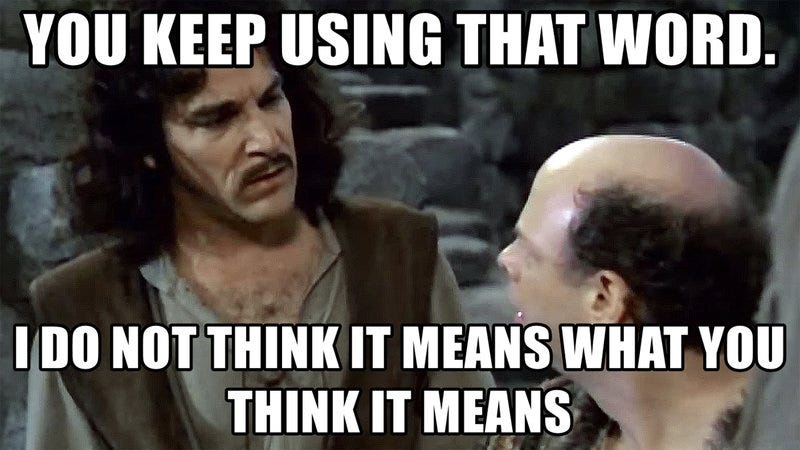
A few dinners ago my son was reading to us and came across a word he didn’t immediately recognize (happens all the time). We all paused, I asked him to look at the smaller parts of the word, and within a few seconds, he was able to pull out the word “animated” from his lexicon. A big part of why my not-quite 5-year-old can read the word “animated” is because he has heard it before, often enough for it to be familiar. If I had never before described Moana as an “animated film,” my son would have encountered the word animated while reading and it would not only be difficult and long, but once he sounded it out it would have been an unfamiliar and meaningless word to him. He would have solved one puzzle only to be faced with another one.
Another way to think about it is one more relevant to our adult brains. Have you ever looked at a map of a place you do not live? I think France would be a good example, mostly because the language does not follow the same rules as ours (so many letters they don’t pronounce, oui?). BUT the concept can be applied as locally as Texas (my now home state) and Washington (where I grew up). If you grow up hearing the language, understanding the rules, and hearing the words of the towns and streets as you drive around then you have no problem knowing how to pronounce the Washington town of Puyallup (Pew-Al-Up) or the Austin main road of Burnet (Burn-It) because you grew up with it, live with it, are exposed to those words.
This study done by Meredith Rowe in 2012 supports the theory of exposure to varied and extensive vocabulary, explaining that it is especially important when kids are 12-24 months to not only spend a lot of the day engaging them in conversation but also spending those moments exposing them to words and concepts that seem a bit over their head.
So, next time you are out exploring the natural world, grocery store, or the Target aisle with your kids, don’t hesitate to get descriptive and tap into your inner thesaurus.
Oh! And guess what? Reading books to your kids helps them collect more words too because books are full of fun and exciting similes and colorful language, and give your kids those words in an engaging context that will help them glean the meaning from picture and context alone.
LIT TIP
Level UP. Don’t be afraid to read books to your kids that seem to be a level or two beyond them. A lot of times our kids will surprise us. Don’t push the limits too far, maybe don’t throw them straight into Shakespeare like the Primers of old (IYKYK), but don’t be afraid to toe the line of how long their wiggly little buns can keep still. Toeing the line will challenge and engage them, keeping books interesting and offering them new words to learn and more complicated storylines to fall in love with.
FROM THE STAX
A DAY WITH YAYAH by Nicola I. Campbell Illustrated by Julie Flett
A First Nations family gathers with their grandmother (Yayah) to gather mushrooms and other wild edible plants from nature. A wonderfully quiet and important multigenerational beauty of a book that teaches us the importance of gathering knowledge and wisdom from our elders and from our planet.
This is book is the trifecta of relevance for this week’s post as it includes lessons on sustainably gathering sustenance from our planet (Happy Earth Day!), is a level-up book that toes the line of age-appropriate for my kids (aged 4&2), and deals with learning new words as the book is sprinkled with Nłeʔkepmxcin, the language of the Nłeʔkepmx of the Nicola Valley. My kids loved learning the new words alongside me, and discovering that there are opportunities for foraging in nature right out our door.
THE ASTRONOMER WHO QUESTIONED EVERYTHING: THE STORY OF MARIA MITCHELL by Laura Alary & Ellen Rooney
Maria Mitchell was a collector, collecting all kinds of bits and bobbins she found on her Nantucket Island. She also collected ideas, skills, and dreams. Her father encouraged her curiosity, and when she heard the King of Denmark was holding a competition to find a new Comet, Maria was determined to be the person to win.
This book is a great story of determination, going against the grain, never giving up, and (of course) wonder. Often it is the true stories that are full of the most inspiring stuff, and this is no exception. Wonderfully captured for a younger audience, this book wanted me to learn more about Maria Mitchell and inspires kids (and adults) to stay curious and question everything.
A GARDEN TO SAVE THE BIRDS by Wendy McClure Illustrated by Beatriz Mayumi
Callum and Emmy are eating at their table when a loud thump startles them and they discover a bird has flown into their window (been there). The incident inspires Callum and Emmy to learn about all the different ways they can turn their backyard (and their neighborhood) into an oasis for migrating birds to help save the birds.
A great introduction to nature-inspired activism, this book will have you putting bird baths in your own backyard and maybe even knocking on your neighbor’s doors to get them to take small steps to help the birds. Full of fun resources and great ideas, this is a perfect book to get your kids involved in helping to save the planet.
NESTING by Henry Cole
A Robin finds a mate, builds a nest, and raises a family in a large apple tree. Follow along as the bird family faces the hardships of the natural world and survives the season.
A beautiful book of scientific observation and stark illustrations that feels almost as good (and sometimes more exciting) as watching the real thing take place outside your own window. My kids particularly enjoy the intense encounter with the snake! I love the simplicity of introducing the cycle of natural life through observation.
THE BALCONY by Melissa Castrillon
When a small girl moves from the country to the big city, she has a lot of adjusting to do. To help remind herself of the place she used to live she finds a small seed she brought from home, plants it, and lets her hope grow. Her plant soon becomes a jungle of a balcony, and her green thumb and her hope spread beyond her own heart and spill over into the streets of her community.
A bit of an odd choice for today’s post as this is a book with hardly any words. Consider it an opportunity to flex your vocabulary and challenge your young readers to make the story up as well! The pictures are stunningly beautiful and the message is one of such hope, quiet perseverance, and human connection it makes me want to shout hooray from all the rooftops (of the balconies) of this world.
If you purchase a book using the bookshop.org links above you help me earn a (very small) commission at no extra cost to you, so thanks for that!
Watch this viral video for a laugh because sometimes our “extensive” vocabularies end up with quite expressive kiddos (I speak from experience on this one):
Do you have any funny moments of your kid’s more colorful vocabulary coming out at the most awkward of times? Share them below! I’ll share my most memorable as well.
See y’all next week and Happy Reading!!



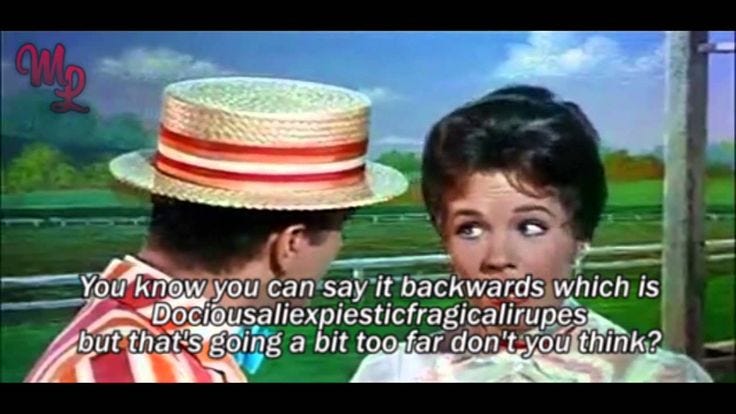
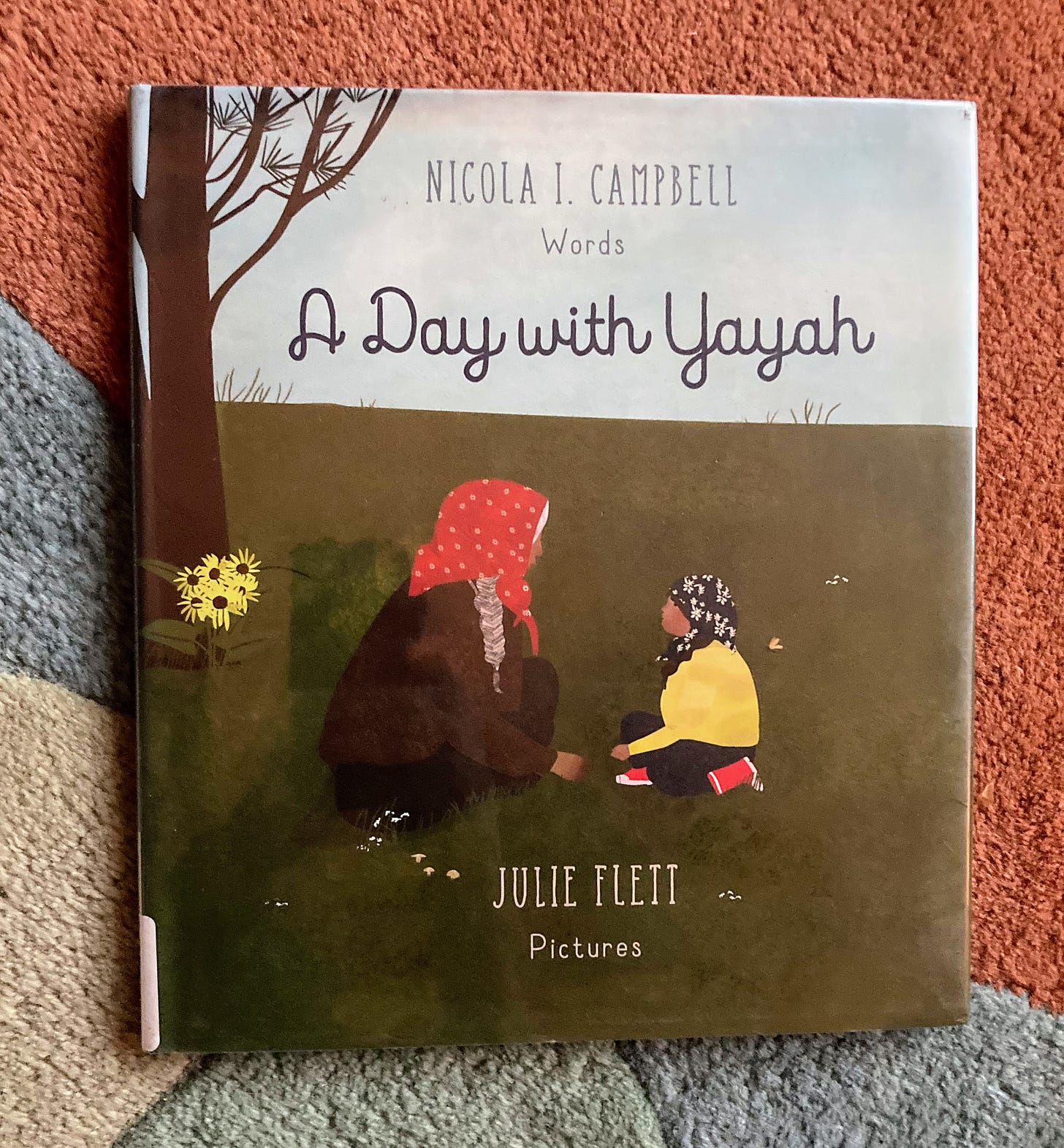
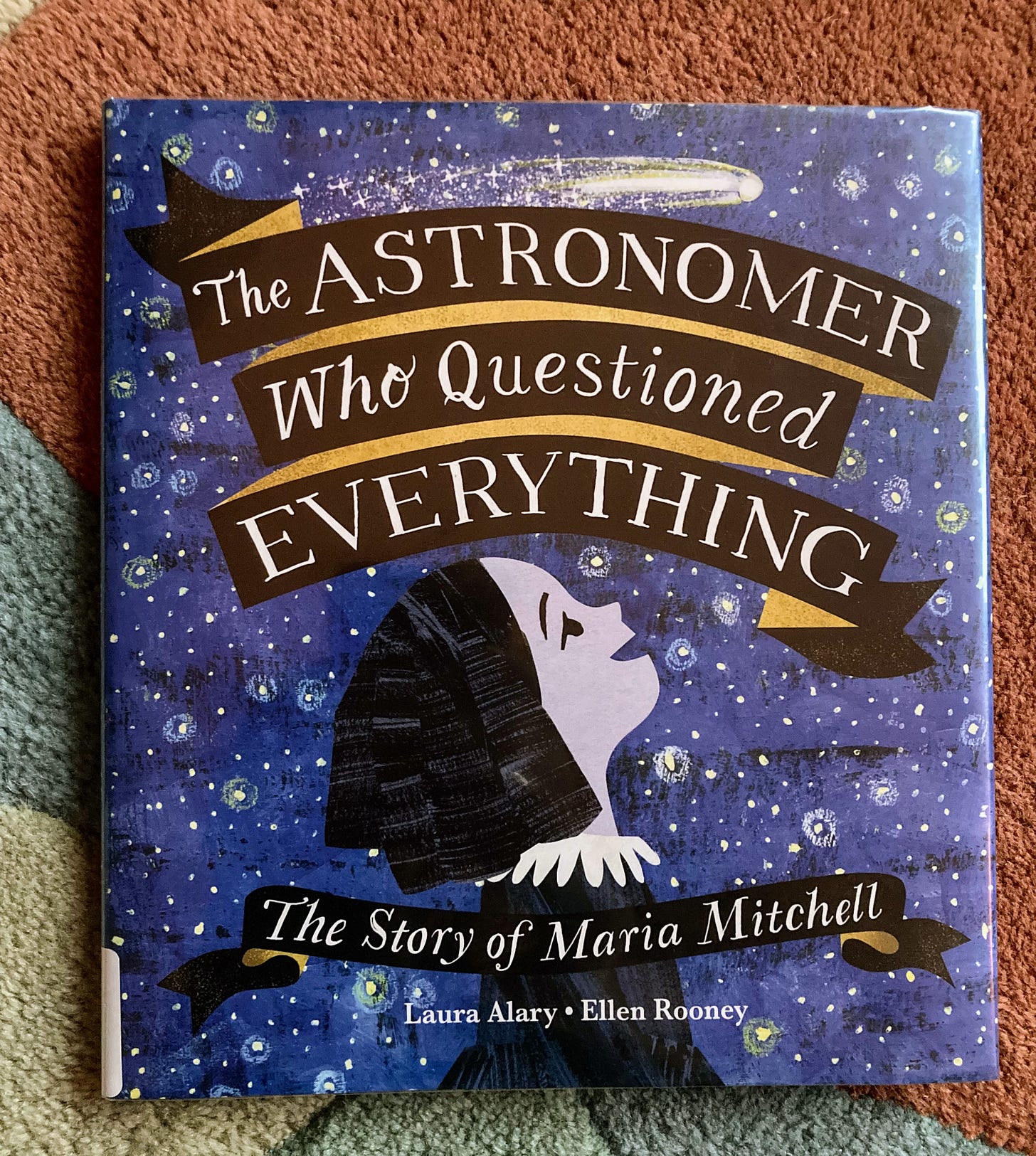
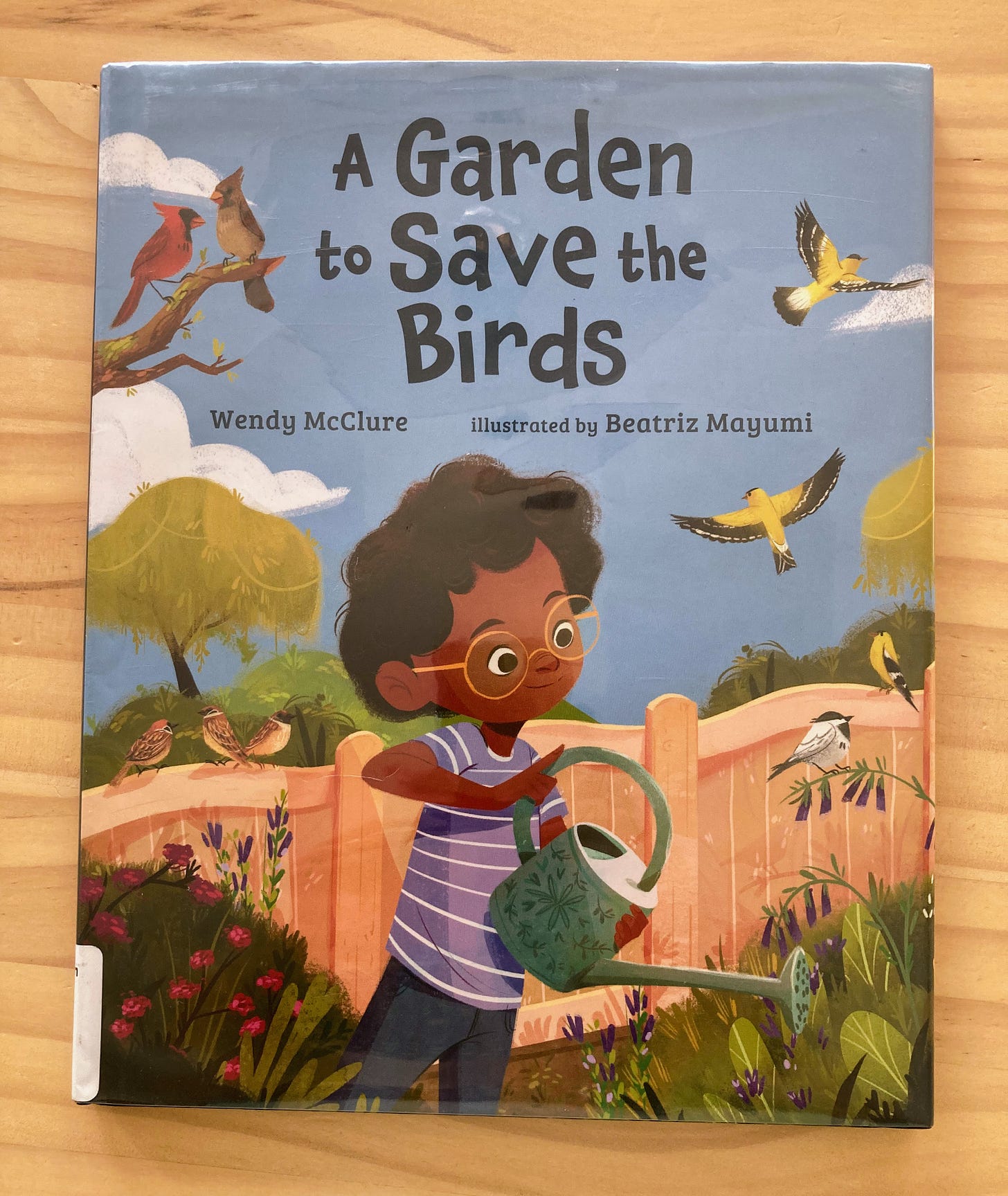
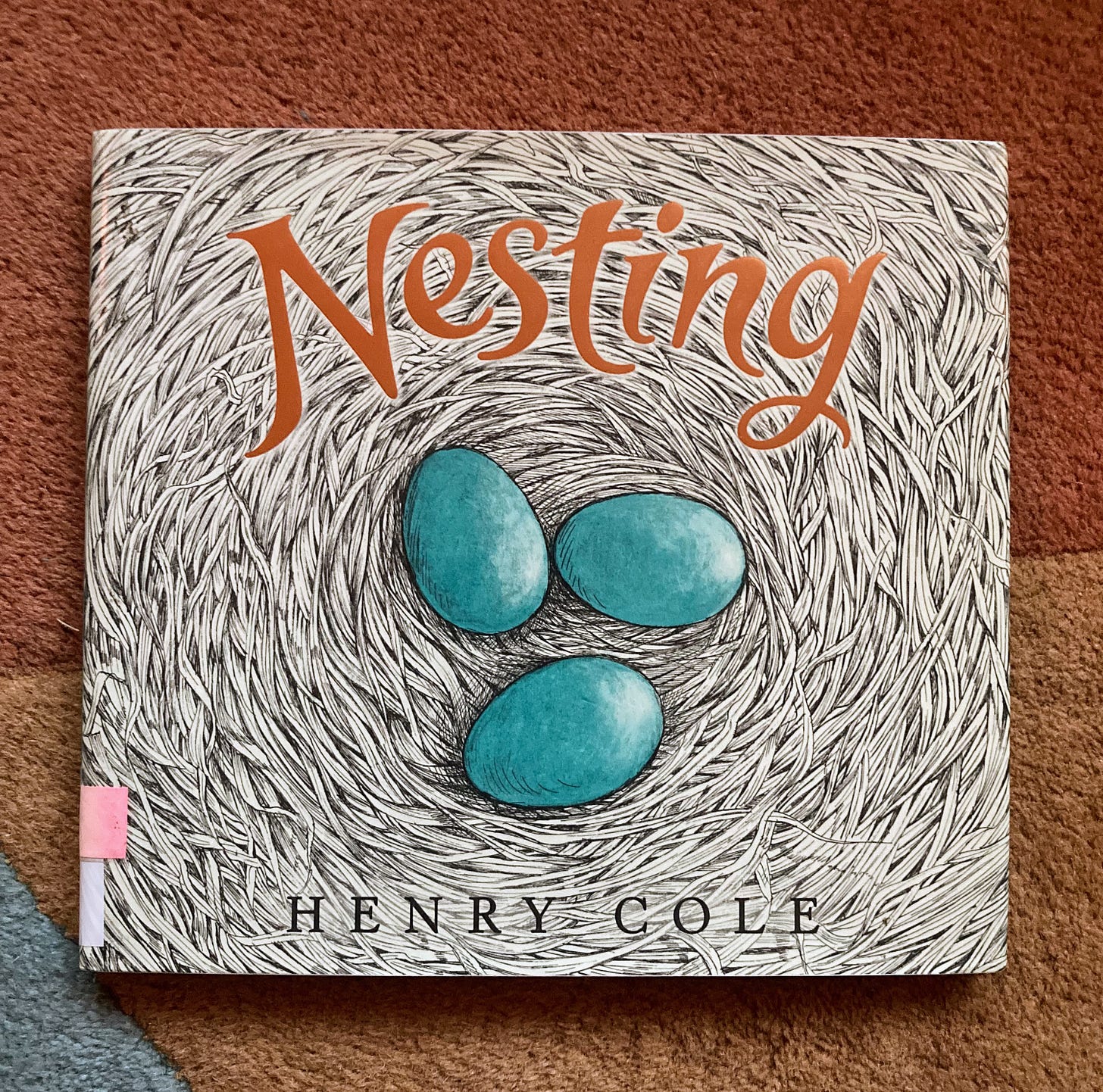
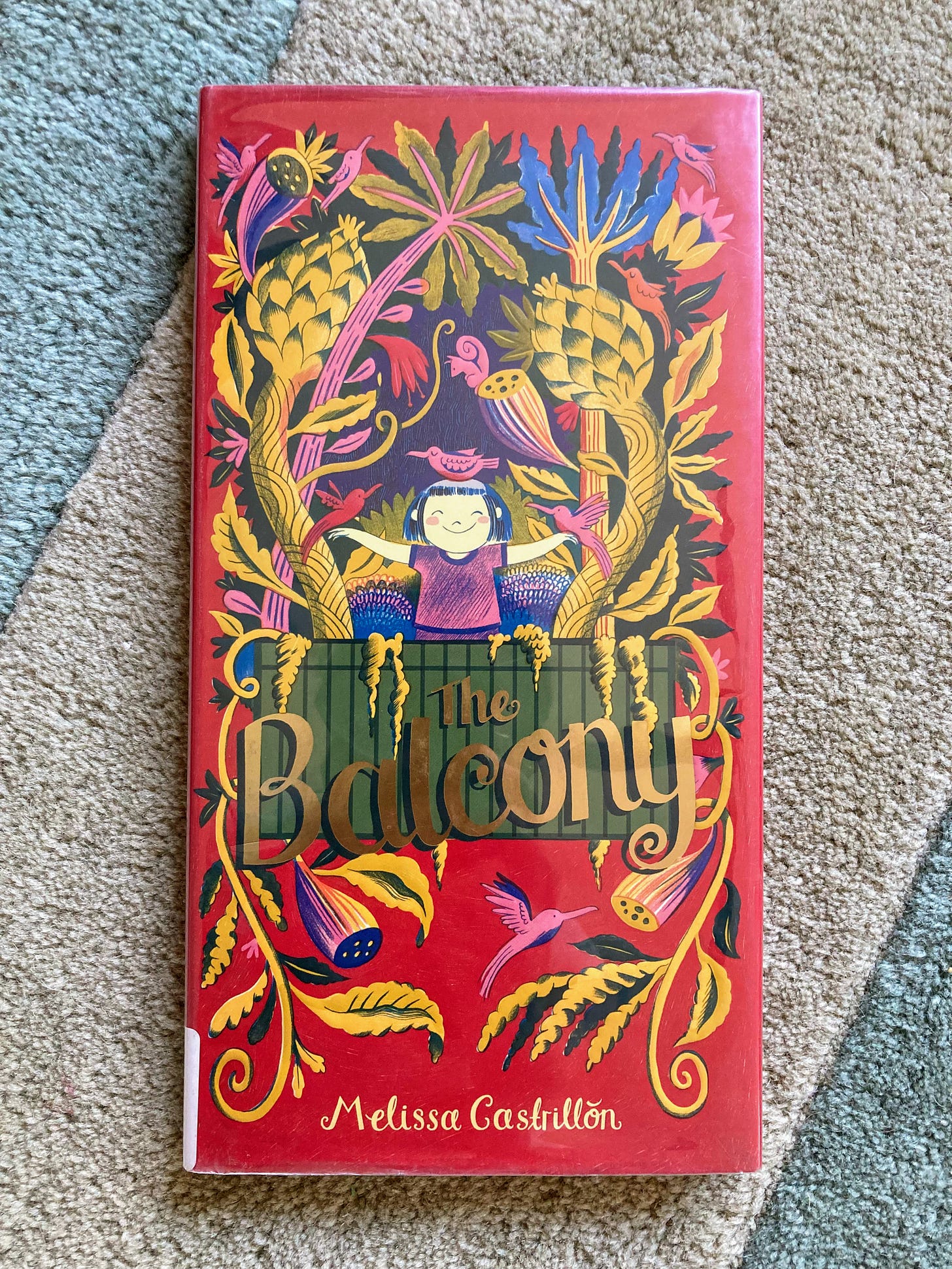
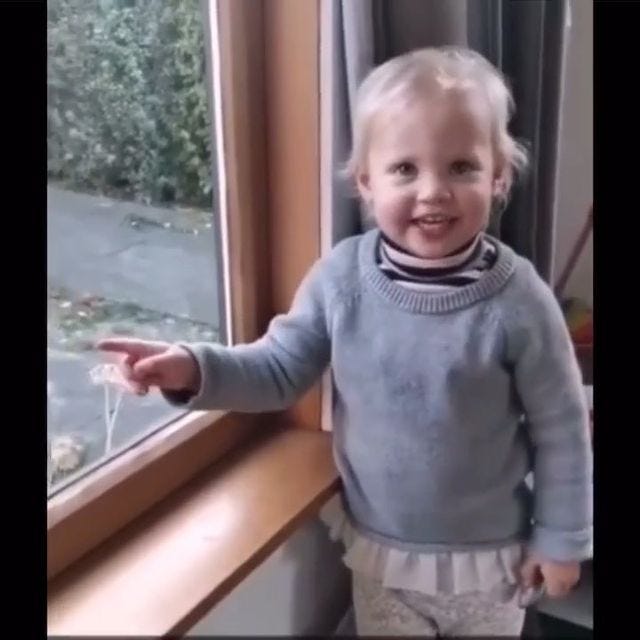
These examples are all so funny and cute and innocent!! Mine is more in the vain of the goat video…my eldest was around 3.5 at my time and spends a lot of time with grownups. We are at a family dinner birthday for my husband’s brother with all the uncles aunts and grams and Bodie is sharing his new found (but short lived) love (or acceptance more) of egg in fried rice and with true joy proclaims that he loves eggs in fried rice because “it’s so f*cking good!” Accurate. Fried rice is the best. The subtleties of knowing your audience he has yet to master. 😬
We were watching some penguins at the aquarium, and I asked my almost 4 year old what he thought they were talking about. He goes "I think they're practicing racial justice. Is that something penguins do?" I about died trying to not laugh! And I'm giving him partial credit for using the term right; it was a mix of different types of penguins and I don't know the status of rockhopper and macaroni penguin relations right now.